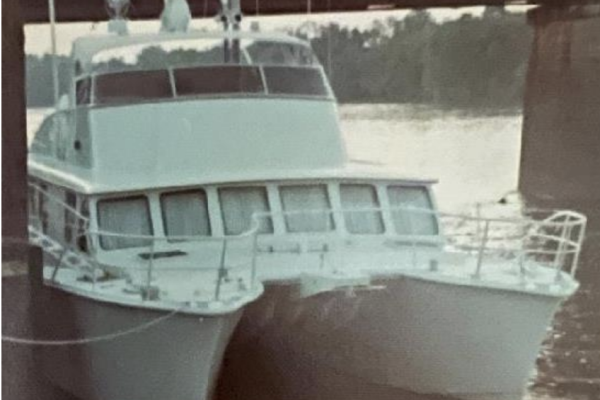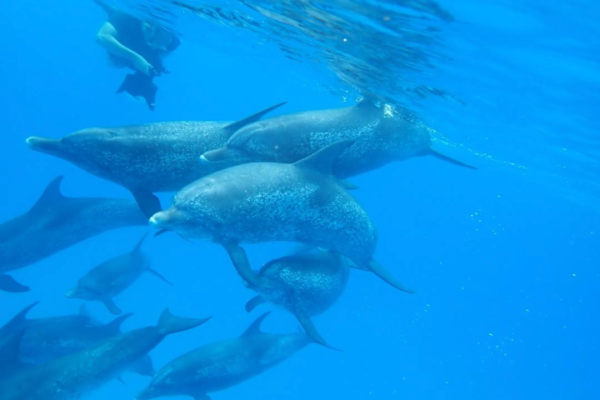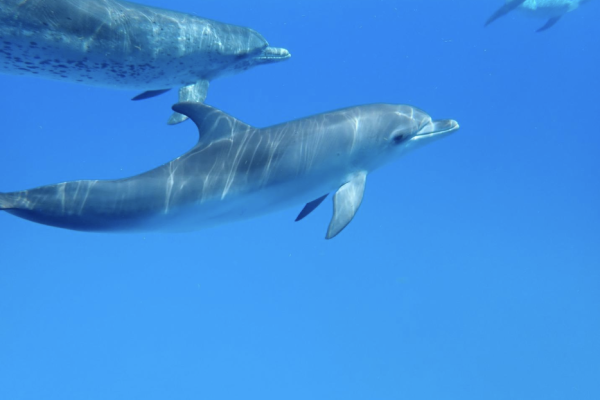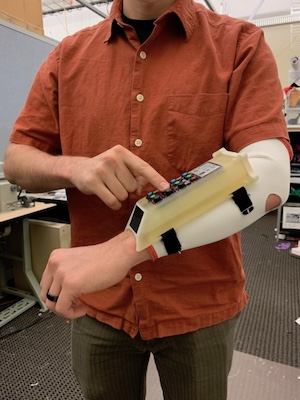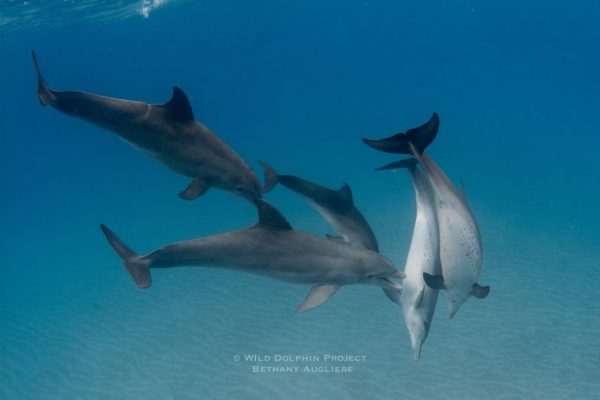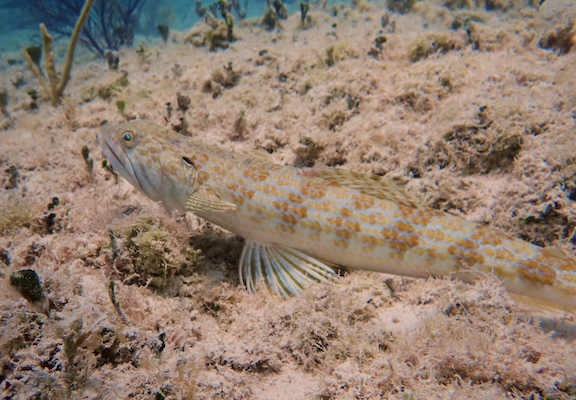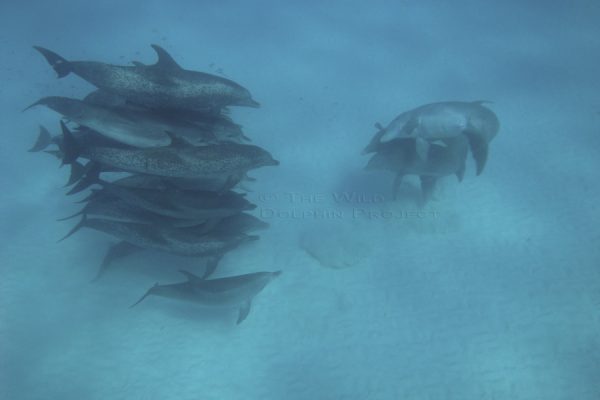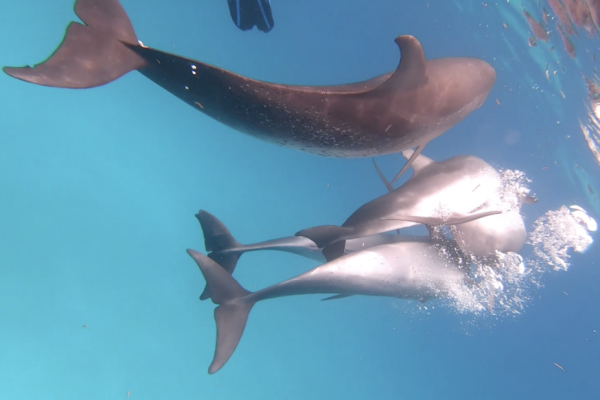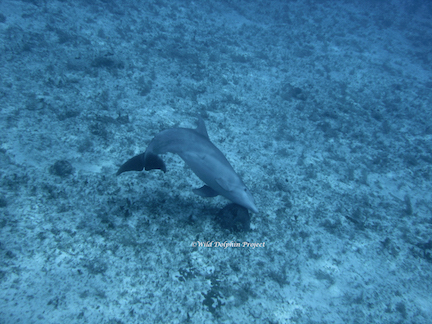Modern Welding: A Blast From Stenella’s Past
A Guest Blog from Steve Fort at Modern Welding Stenella: Built in the 1970’s…She is a Timeless Vessel of Quality and Craftsmanship which now serves in the Wild Dolphin Project’s Research Hi, I’m Stephen Fort. I am a retired employee with 50 years of service at Modern Welding Company, headquartered
Dolphin Discoveries: New Calves & Male Aggression
During Trip 2, we made some fascinating findings and witnessed exciting behavior, including sharks and aggressive males. Read on to learn more! Little Bahama Bank Amanda, an adult female Atlantic spotted dolphin, has a new female calf. (Amanda is a particularly special dolphin, read our blog just about her). We
40 years in the Field: First Trip of 2024
We’ve concluded our first two dolphin trips in the Bahamas of the 2024 field season. Here is a recap of Trip 1 by our research director and founder, Denise Herzing, Ph.D., and research assistant Hayley Knapp. Summary of Trip 1 by Denise Herzing Although May is not always a good
Research update
Why is everyone suddenly trying to decode animal communication? You may have seen the headlines “Machine learning attempts to decode sperm whales” and “The animals are talking. What does it mean?”. Why now? And how? The answer is really pretty simple. Suddenly we have new and powerful computer tools, machine
Research from the Sky: Drones and Dolphins
We’ve got new research out, in the journal Southeastern Naturalist. Our team analyzed drone video footage to help document the first-known case, to our knowledge, of two species of dolphins interacting off the Southeast coast of Florida, which highlights the value of drones in helping scientists collect previously-unavailable data, including
Animal Behavior: interspecies versus intraspecific interactions
In the Bahamas, the Wild Dolphin Project led by Dr. Denise Herzing, studies both the common bottlenose dolphin (Tursiops truncatus) and the Atlantic spotted dolphin (Stenella frontalis), who coexist on the sandbank. This means they are sympatric — occurring within the same geographic range. While the two species eat
Hunting
The Wild Dolphin Project was started by Dr. Denise Herzing back in 1985. Since then Dr. Herzing, along with her colleagues and graduate students, put out multiple peer reviewed research papers on the behavior, acoustics, and ecology of the two species we study in the Bahamas. Over the years she
Synchrony
The Wild Dolphin Project was started by Dr. Denise Herzing back in 1985. Since then Dr. Herzing, along with her colleagues and graduate students, put out multiple peer reviewed research papers on the behavior, acoustics, and ecology of the two species we study in the Bahamas. Over the years she
Bubbles
The Wild Dolphin Project was started by Dr. Denise Herzing back in 1985. Since then Dr. Herzing, along with her colleagues and graduate students, put out multiple peer reviewed research papers on the behavior, acoustics, and ecology of the two species we study in the Bahamas. Over the years she
Bottom Behavior
Be sure to check out all of the blogs in this rare behavior series (Can anyone hear me, Pesky Remoras, Bottom Behavior, Bubbles, Synchrony).The dolphins that we study in the Bahamas are often observed over sandy stretches of habitat. Over the decades we have observed some rare behavior and use

